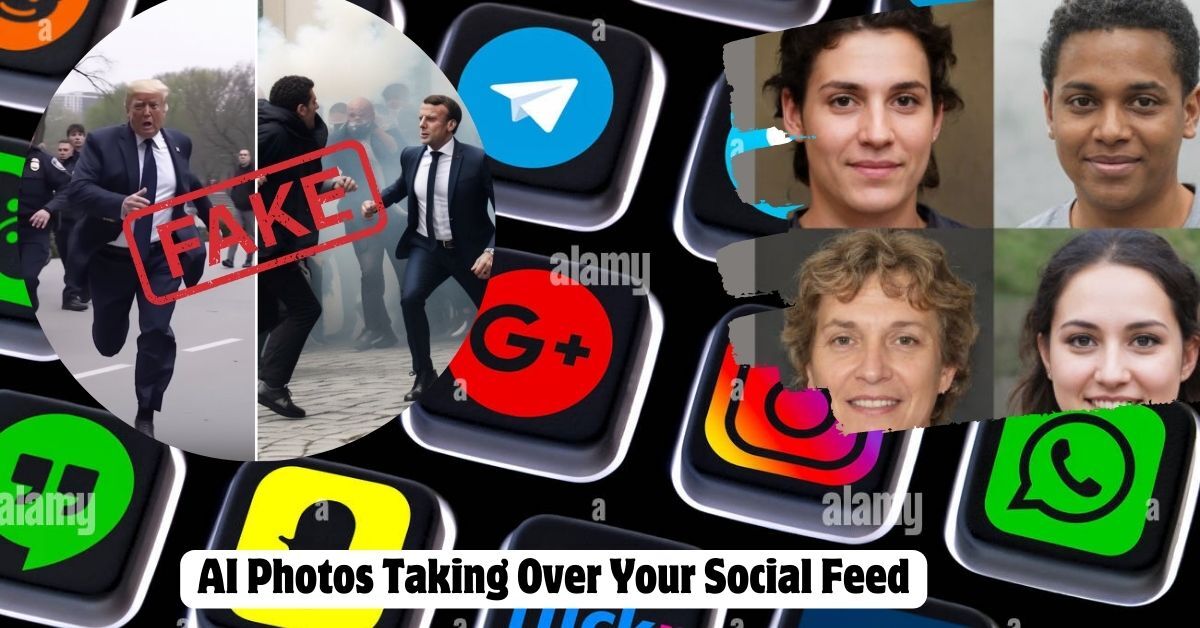— No Context French 🇫🇷 (@nocontextfre) March 21, 2023
Making pictures of Trump getting arrested while waiting for Trump’s arrest. pic.twitter.com/4D2QQfUpLZ
— Eliot Higgins (@EliotHiggins) March 20, 2023
Twitter detectives may be able to spot the distorted hands and distorted faces of AI-generated photos, but many regular users are still fooled. WhatsApp users in Brazil were inundated with false information about the legitimacy of their presidential election last October, prompting many to riot in support of ex-president Jair Bolsonaro, who ultimately lost the election.
When an image is shared on a small screen at the height of the news cycle by someone you trust, it is much more difficult to spot flaws and fakery. As a fully encrypted messaging app, WhatsApp has limited ability to prevent the spread of false information, such as photos that are shared endlessly among friends, families, and groups.
Although Higgins and “No Context French” was only trying to pull a prank, the widespread extent to which their posts were believed to be genuine highlights a serious threat to the future of social media and, by extension, to society at large.
On Tuesday, TikTok revised its terms of service to prohibit artificial intelligence-generated content that is misleading. 2 The most recent version of Twitter’s policy on artificial media states that users should not distribute deceptive images and that the company “may label tweets containing misleading media.” Twitter’s new auto reply for the media is the poop emoji, which I received when I questioned the Elon Musk-led firm why it hadn’t labeled the bogus Trump and Macron images as they went viral.
Those that promoted the Trump photos as authentic with clickbait hashtags like “BREAKING” have been reported to Twitter’s Community Notes, a feature that allows users to provide background information about specific tweets. But, with Musk at the helm, Twitter has become increasingly permissive of content, which means false photos may do particularly well there.
Although Meta Platforms Inc. promised in 2020 that it will eliminate all AI-generated media designed to deceive consumers, as of Wednesday, at least one “Trump arrest” image shared by a Facebook user as true news had not been removed. 4 Meta did not provide any commentary after being asked.
With the proliferation of generative AI technologies like Midjourney and ChatGPT, it will become increasingly difficult for the general public to tell fiction from fact. Last year, the founder of one of these AI tools informed me that the solution to this problem was straightforward: we just need to make some changes.
Already, I find myself wondering whether or not the true photographs of politicians I see on social media are authentic. Many of us will become skeptics because of AI tools. They might lead the charge in spreading false information among the more impressionable members of society.
